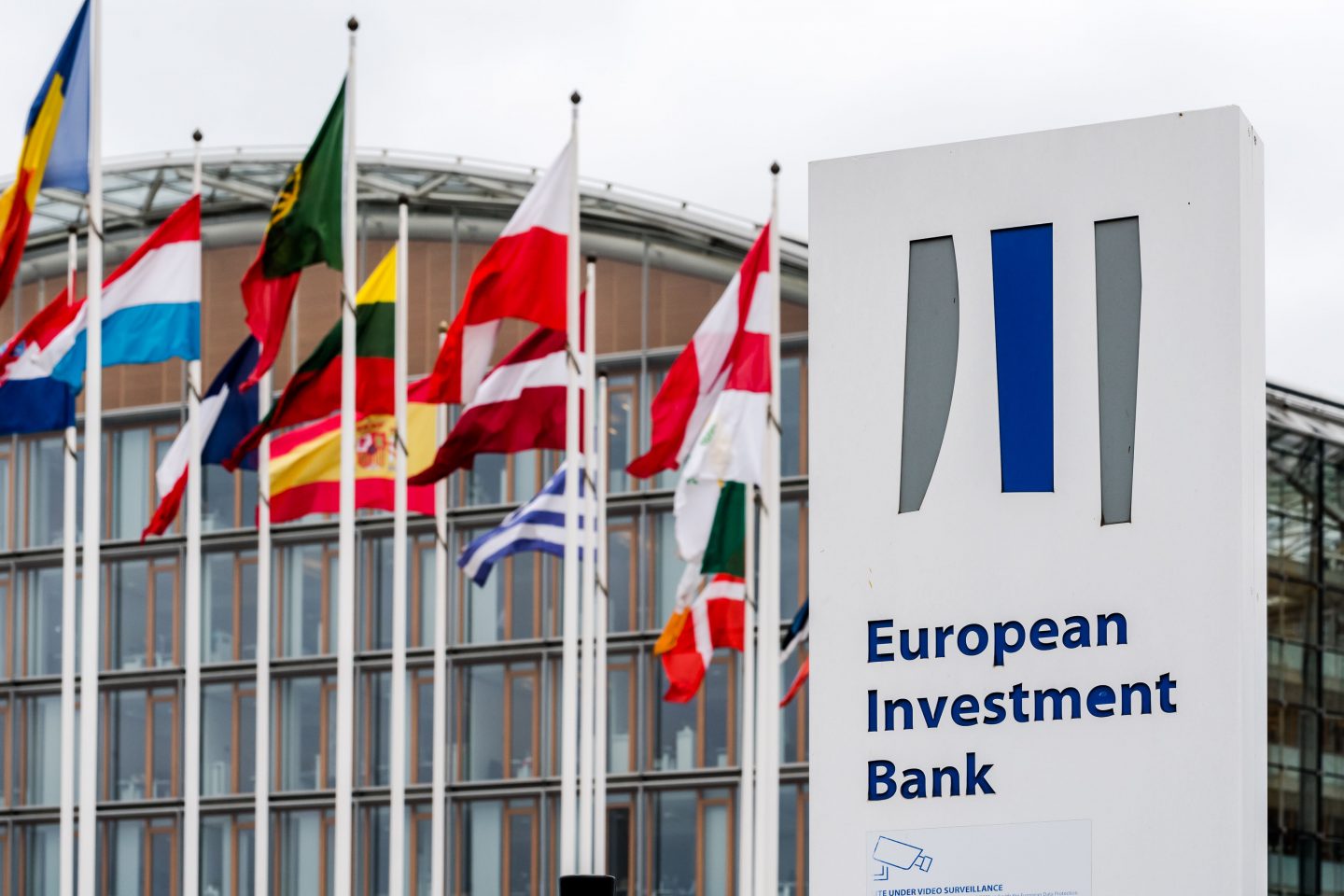The European Green Deal set the blueprint for this transformational change. All 27 EU Member States committed to turning the EU into the first climate neutral continent by 2050. To get there, they pledged to reduce emissions by at least 55% by 2030, compared to 1990 levels.
This will create new opportunities for innovation and investment and jobs, upgrading its power system and quadrupling growth in wind and solar capacity, Europe could save an estimated €1 trillion by 2035.
The EIB Group has adopted a Climate Bank Roadmap to deliver on its ambitious agenda to support €1 trillion of climate action and environmental sustainability investments in the decade to 2030 and to deliver more than 50% of EIB finance for climate action and environmental sustainability by 2025. As part of the roadmap, all new EIB Group operations have been aligned with the goals and principles of the Paris Agreement since the start of 2021.
That’s the finding of a new report from energy think-tank Ember. And, even better? Researchers believe a 95% clean power system in Europe can be achieved by 2035 – all without threatening supply or adding additional cost to existing plans for a smaller and more polluting electricity supply.
“Scaling clean power is a win-win-win,” explains Chris Rosslowe, Ember’s senior energy analyst. “It will save money, put Europe on track for its climate commitments and reduce its reliance on imported fossil fuels. Europe should invest now for a huge payback by 2035.”
Solar capacity needs to expand by up to nine times and wind capacity needs to quadruple. Emerging energy technologies will help manage supply and demand issues when solar and wind outputs are low, the authors say.
The EU Commission also promotes the growth of the market for zero- and low- emissions vehicles. In particular, it seeks to ensure that citizens have the infrastructure they need to charge these vehicles, for short and long journeys.
In addition, from 2026, road transport will be covered by emissions trading, putting a price on pollution, stimulating cleaner fuel use, and re-investing in clean technologies.
The Commission is also proposing carbon pricing for the aviation sector, which benefited from an exception until now. It is also proposing to promote sustainable aviation fuels – with an obligation for planes to take on sustainable blended fuels for all departures from EU airports.
To ensure a fair contribution from the maritime sector to the effort to decarbonise our economy, the Commission proposes to extend carbon pricing to this sector. The Commission will also set targets for major ports to serve vessels with onshore power, reducing the use of polluting fuels that also harm local air quality.
The Commission proposes to increase the binding target of renewable sources in the EU’s energy mix to 40%. The proposals promote the uptake of renewable fuels, such as hydrogen in industry and transport, with additional targets.
In addition, reducing energy consumption is essential to bring down both emissions and energy costs for consumers and industry. The Commission proposes to increase energy efficiency targets at EU level and make them binding, to achieve by 2030 an overall reduction of 36-39% for final and primary energy consumption.
Europe has enormous potential of wind power
According to the European Parliaments report : Offshore wind is a highly promising renewable energy source that could make a major contribution to global and European efforts to decarbonize the economy by 2050 and keep global warming to around 1.5°C above pre-industrial levels, as set out in the Paris Climate Change Agreement.
The European Commission expects the EU to produce at least 240 gigawatts (GW) of global offshore wind power capacity by 2050, while international organizations’ specializing in the energy field are even more optimistic about the prospects of this energy source.
Europe accounts for 80 % of global offshore wind capacity and is the dominant region in terms of technologies and manufacturing. Offshore wind accounts for 210 000 jobs in Europe and this number should increase further with greater investment.
Europe has the best offshore wind resources in the world , building a great vision and creating a world that runs entirely on green energy is the future of Europe and the world.
The North Sea holds a vast offshore wind energy potential. Offshore wind is one of the key building blocks for the green transition of Europe. The wind energy scientists’ estimates that the North Seas could supply 100% of Europe’s existing electricity demand. Only 12 hectares artificial Island Denmark is building can supply million homes with electricity.
Discover more from Green Innovation News
Subscribe to get the latest posts sent to your email.





